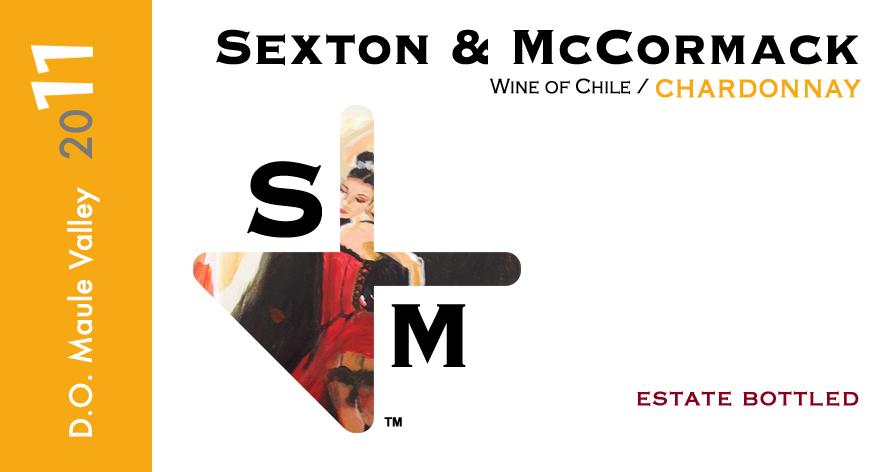2011 Maule Valley Chardonnay
Sexton & McCormack S & M is a captivating 2011 Chardonnay from the renowned Maule Valley, showcasing the region's exceptional terroir. This wine presents a radiant pale yellow hue, inviting the senses with its bright and lively character. On the palate, it reveals a medium-bodied structure complemented by refreshing acidity, creating an invigorating mouthfeel that dances across the taste buds. The fruit intensity is prominent, with luscious notes of ripe stone fruits such as peaches and apricots, mingling seamlessly with subtle hints of citrus and a touch of minerality. This Chardonnay is beautifully balanced, with a delightful dry finish that leaves a lasting impression, making it an excellent choice for a wide range of culinary pairings or simply enjoyed on its own.
Sexton & McCormack S & M is a captivating 2011 Chardonnay from the renowned Maule Valley, showcasing the region's exceptional terroir. This wine presents a radiant pale yellow hue, inviting the senses with its bright and lively character. On the palate, it reveals a medium-bodied structure complemented by refreshing acidity, creating an invigorating mouthfeel that dances across the taste buds. The fruit intensity is prominent, with luscious notes of ripe stone fruits such as peaches and apricots, mingling seamlessly with subtle hints of citrus and a touch of minerality. This Chardonnay is beautifully balanced, with a delightful dry finish that leaves a lasting impression, making it an excellent choice for a wide range of culinary pairings or simply enjoyed on its own.




